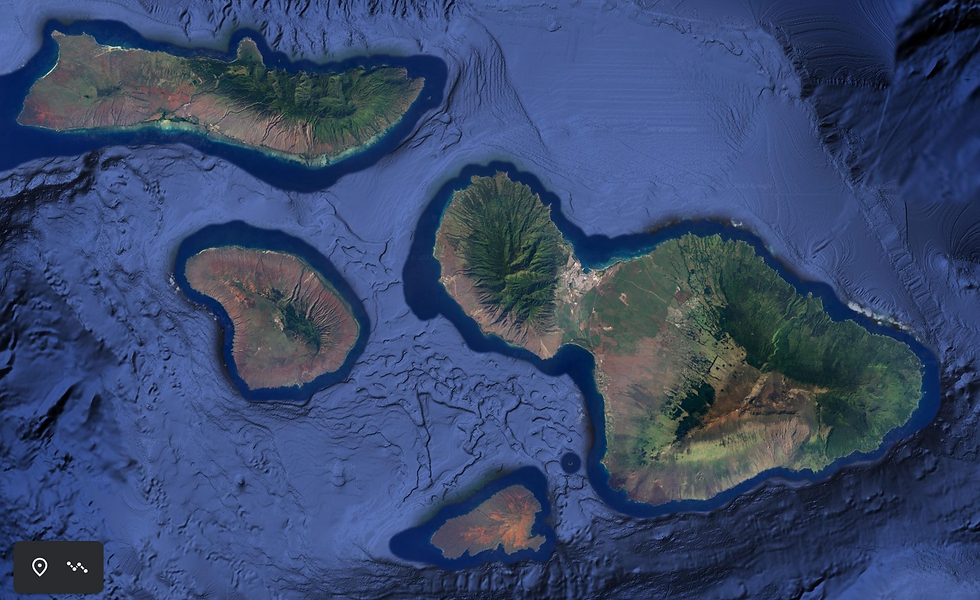
Meet our Sponsors

Hawai'i Ocean
Rafting
Grant Awarded in 2024
Hawaii Ocean Rafting, a local owned whale-watching and snorkel tour company operated by Peter and Toni Colombo, stepped forward to provide invaluable support to our research for the 2025 season. Their generous donation allowed us to upgrade our research equipment and to operate through the entire season this year. As a team, we are beyond grateful for their support. Peter and Toni lost their home and their business in the Lahaina wildfires, and as they work to rebuild, this donation is especially appreciated.
Planning to go whale-watching on Maui? Join Peter, Toni and the crew on Hawaii Ocean Rafting for a premium whale-watching experience. Their boats leave from Mala Wharf on West Maui and take you directly out to the waters around West Maui. This is the best area on the island for whale-watching. Add to this their small, intimate vessels and experienced captain and crew, and you’re guaranteed a truly memorable adventure.
Call (808) 661-7238 or visit their website to book.




Maui County:
Green Grant

Grant awarded 2024
Guided by the principle of Mālama ̒ Aina,meaning to care for the land, the Green Grants Award, supports environmental initiatives that strive to build a sustainable community on Maui. Funds are provided by Maui County, and awarded to small non-profits and grass roots efforts across the island as we all work to protect the natural resources that make Maui such a unique and magical place.
In the aftermath of the Lahaina wildfires, increased run-off and changes in water quality in the coastal waters around West Maui was a paramount concern. As humpback whale mothers and their calves typically congregate in the coastal waters around West Maui, we designed a study to specifically focus on these issues. The Green Grant we received allowed us to implement this study.
Beginning in January 2024, the study encompasses surveys to detect changes in habitat use, coupled with behavioral monitoring of mother-calf pairs in West Maui waters. We are confident that our results will provide valuable management recommendations that ensure Maui’s humpback whale mothers and their calves can thrive alongside us as we all enjoy the calm, protected waters of West Maui.

Headed North
to Alaska?
At the end of each winter season, Hawaii’s humpback whales return north to their feeding grounds. Around 50% of Maui’s whales will head to the waters of Alaska’s Inside Passage, and many of us in the whale-watching community make the same migration!
If you’re headed to Alaska, you can support the Keiki Kohola Project and find out how best to make the most of your time in the region.
The Naturalist Guide: Wildlife and Wilderness Along Alaska's Inside Passage, written by Rachel Cartwright.
This guide provides an insiders-view, of all the information you need to see wildlife and enjoy the stunning scenery in this region. Additionally, a portion of the profits from all book sales goes to fund our research.





